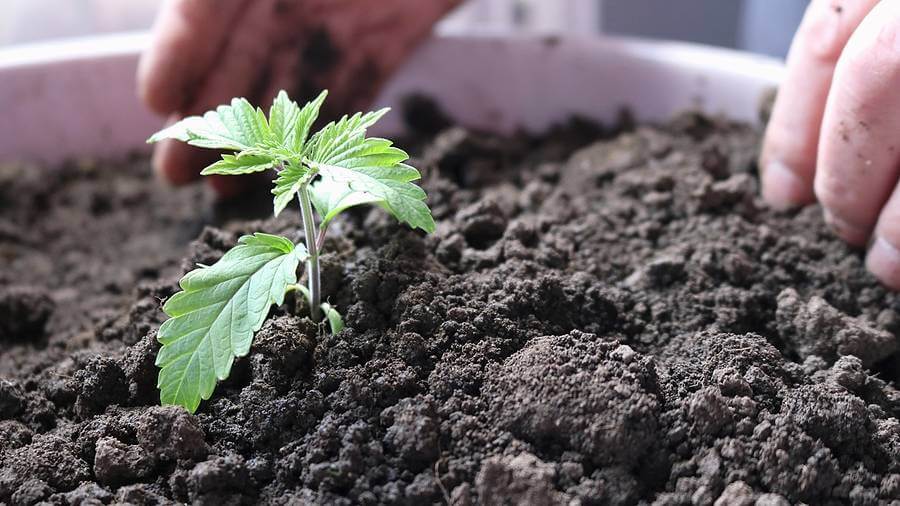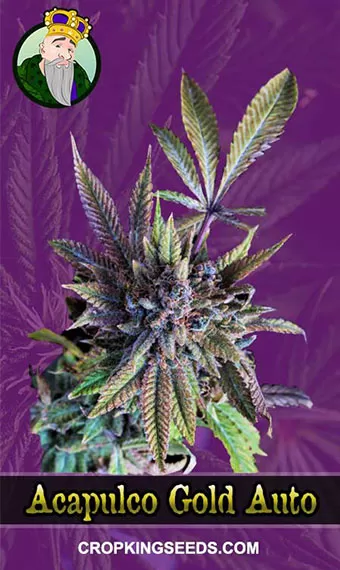Growing your cannabis at home can be a challenge, especially for the first time. Even experienced growers will have a few bumps along the way with the different types of cannabis available. Raising marijuana is like any other plants but have their own unique needs to grow and flourish with a bountiful harvest. That’s why knowing the different cannabis growth stages is a must.
Review of Cannabis Growth Stages
Mainly the stages of a cannabis plant go through are as follows:
Stage 1: Keeping Good Seeds
Growing starts with healthy, quality seeds. Your seeds should feel challenging, dry, and have a brownish color to them. Not all seeds may successfully sprout, so proper storage is a must for them to grow. Seeds can die if they are not stored properly, like how you keep marijuana after harvest.
Exposing them to extreme temperatures can also lessen their chances of surviving; high heat may dry them thoroughly, while freezing temperatures may develop mold. Keep them stored in a cool and dry place until you are ready to start growing them.
Stage 2: Germination
One of the cannabis growth stages is when your plant starts to sprout. The outer shell of the seed will slowly split up as its roots begin to grow. The coat of the seed will eventually come off as the stem shoots out later on. Light and moisture are vital in this stage to jumpstart their growth.
To germinate your seeds, you can plant them right away into the soil or soak them in a water bath or wet tissue paper. Once the roots have sprouted, you can plant them in your pot or garden.
Stage 3: Seedling
After germination, it may take about a week or so for a cannabis plant to reach its seedling state. Here, the root system continues to develop to support the plant’s need for nutrients. The true cannabis leave will begin to grow out as well, unlike the initial leaves it had when it first sprouted. By now, you should be able to provide just enough light and water to nourish it. Too much water can make the roots rot too soon and grow mold and mildew. This stage may last from three to six weeks long, depending on the type of cannabis you are raising. The growth period for each stage varies among plants, so do not worry if your plant might take a bit longer than others.
When using fertilizer, avoid high in nutrients or those that aim to speed up growth. Instead, make sure that your marijuana plant is growing in stable conditions: under enough light, warmth (about 77 degrees), and an average level of humidity. For indoor growing, keep your seedling under white CFL lights – these will provide good lighting without burning or drying the plant.
To enhance your plant’s growth, use a fertilizer rich in nitrogen to improve the quality of the soil and the roots’ nutrient absorption. If you plan to transfer your plant, the best time to do that is to reach the next step.
Stage 4: Vegetative State
Upon reaching the vegetative state, you can see your plant sort of come into puberty. As it matures, bigger leaves will appear, making the cannabis plant bushy. These big leaves can absorb light and air to nourish themselves and produce potent buds later on.
It develops long and wide branches too for it to capture more light. You may want to check on the lower nodes of the plant since these higher and wider branches could block their share of air and light.
The plant steadily grows taller, going up to about two inches each day. If you have topped your plant, it may be extending laterally. The structure of the plant begins to become sturdy, while roots are more developed and spread out. At this stage, cannabis will be dependent on light and warmth for its growth and flowering later on.
For indoor growers, continue to give the advised hours of light and darkness. Similar to how you provide for it during its seedling stage, cultivators should maintain normal humidity levels and warmth. If kept outdoors, make sure its spot receives enough light in the day.
Stage 5: Flowering
By the name alone, this is when your marijuana plant starts to have flower buds. You can start to see how the leaves have a shiny look and will have a tacky feel to the leaves from producing resin during this period. This stage may last about six to ten weeks long depending on the type of cannabis strain.
The first two weeks are what most growers call the pre-flowering stage, which are the first few buds that grow from the plant. When these appear, it is time to get more dark hours for a cannabis plant. Decreasing the number of hours in the light cycle your plant gets is a factor for the flowering stage, to begin with, especially when kept indoors. Lesser hours of daylight are what signals cannabis to start producing flowers.
This is why it may take longer for plants to grow outdoors as the climate and seasons determine how long they will be growing in a particular phase. Once the buds are ready, you will notice they are more prominent, and their scent is stronger, so don’t be tempted to start picking at young buds right away.
Stage 6: Harvesting
Although harvest is not precisely a final stage, it does ring in the time that your buds are mature enough and ready for picking. To harvest your well-deserved fresh supply, use a pair of sharp stainless garden scissors. Do not wait until the buds fall off or dry up and wither. Get them while they are fresh and have milky white pistils showing. Dry them well and store them properly or give yourself a smoke to celebrate.
Conclusion
Each stage of growing cannabis also goes through several changes that may require different needs. Getting to know about cannabis growth stages or how they grow and their life cycle can help avoid any practices that may damage or kill a plant and see what you can expect to do for your cannabis to grow healthy and potent.





















One Response
Do i hang my plant upside down after pulling and if so ,for how long ?